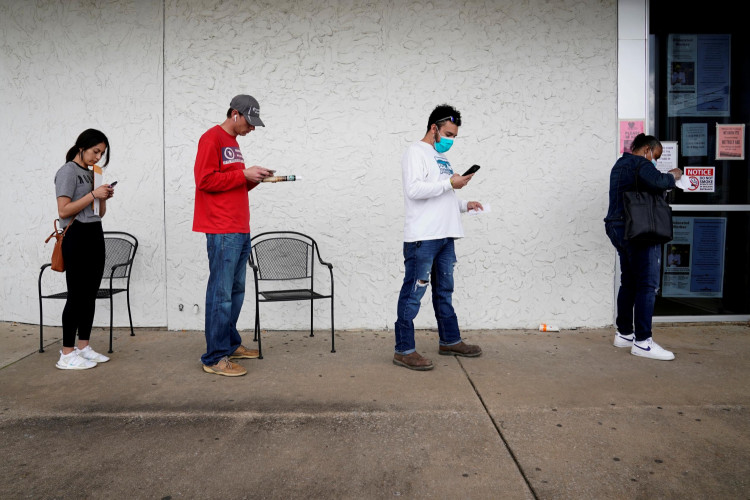America's hard hit workforce, which began taking the full brunt of unprecedented job losses due to COVID-19 starting March, took on even more pain in May with job losses that might have exceeded eight million, according to economists.
The worst unemployment shock hammering American workers since the Great Depression of 1929 means more than 28.5 million Americans have lost their jobs since February. This awful number is more than three times the number of Americans that lost their jobs during the Great Recession of 2008-2009.
If this estimate of eight million more lost jobs is confirmed by official Bureau of Labor Statistics (BLS) data Friday, the unemployment rate due to the coronavirus will be nearly, or will exceed, 20% -- a record high.
Job losses were 881,000 in March, a number that exploded to 20.5 million in April. The unemployment rate in April skyrocketed to a record 14.7%. BLS, however, said the actual rate is even higher because millions of Americans out of work were misclassified.
America's highest unemployment rate came to 24.9% for the entire year of 1933 during the Great Depression, according to BLS. U.S. government data only recorded annual data at the time.
Federal data also shows more than one in four American workers -- nearly 43 million people -- filed for first time unemployment benefits during the pandemic. That number rose by 1.8 million new claims this week. This number, however, was still nearly 10 times higher than before the pandemic.
The good news to the horrific unemployment data in May is unemployment might see a decline starting July. June will also be another sad month for American workers with millions more Americans losing their jobs.
On the other hand, economists at Goldman Sachs predict a rapid drop in the unemployment rate in the second half of the year. The Goldman Sachs prediction is supported by many economists, who predict the unemployment rate will plunge rapidly as Americans return to work.
The economy, however, won't recover as quickly. A V-shaped recovery is doubtful with a prolonged U-shaped recovery in the cards. Oxford Economics predicts the unemployment rate will remain at 10% by the end of 2020.
Among other indicators the worst of the unemployment crisis might be ending:
* First-time jobless claims have fallen for 10 weeks in a row after peaking at 6.9 million in March. Last week, the number of Americans that filed for unemployment benefits at least two weeks in a row fell for the first time since the pandemic began
* The ADP national employment report reveals 2.8 million private-sector jobs lost in May, far less than the 9 million expected by economists.






